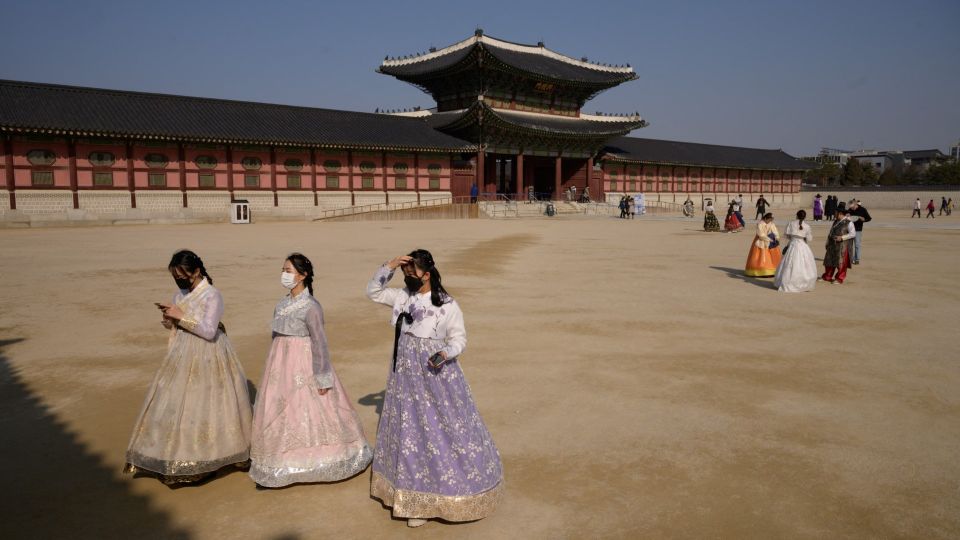July 28, 2025
SEOUL – South Korea’s foreign population has reached an all-time high of more than 2.73 million, data showed Sunday.
The number of foreign nationals staying in the country for purposes including education, employment or tourism stood at just under 2,733,000 as of the end of June, marking a 1.5 percent increase (40,068 people) from the previous month, according to data from the Korea Immigration Service under the Ministry of Justice.
Of the total, some 1.55 million were long-term foreign residents staying 90 days or more, who registered personal information such as name, date of birth and purpose of stay with local immigration offices.
Half of these registered foreigners were found to reside in Seoul and the surrounding metropolitan area. The Yeongnam region, which includes major cities such as Daegu, Busan and Ulsan, was home to 317,286 (20.3 percent), followed by 200,939 (12.9 percent) in the Chungcheong region and 136,990 (8.8 percent) in the Honam region.
Another 552,000 of the total foreign resident population were overseas Koreans holding F-4 visas, who established a place of residence and reported it to their local immigration office, entitling them to rights similar to those of Korean citizens, such as opening bank accounts and enrolling in the national health insurance program.
The remaining 620,000 foreign nationals were short-term visitors staying fewer than 90 days, most of whom were tourists.
Chinese account for one in three
The largest share of foreign residents was held by Chinese nationals with 972,176, accounting for 35.6 percent of the total. They were followed by Vietnamese (341,153), Americans (196,664), Thais (173,710) and Uzbeks (98,457).
When categorized by visa type, F-4 visa holders, who are foreign nationals of Korean ancestry, represented the largest group, totaling 554,895. Following them were 341,453 foreign nationals on E-9 visas, issued under the Employment Permit System, which permits stays of up to three years. Launched in 2004, the temporary worker program allows small and mid-sized companies facing labor shortages to legally hire foreign workers for low-skilled jobs.
F-5 permanent residency visa holders came next at 214,036, followed by 191,297 on D-2 student visas and 171,063 on B-2 tourist visas.
By age, foreign residents in their 30s made up the largest segment at 25.7 percent, followed by those in their 20s (23.1 percent), 40s (16.7 percent), 60 and older (13.5 percent), 50s (12.3 percent) and under 19 (8.7 percent).
The previous all-time high foreign population was recorded in 2019 at around 2.52 million, but the figure declined for two consecutive years amid the COVID-19 pandemic, falling to 2.04 million in 2020 and 1.96 million in 2021.
But as COVID-19 reached the endemic stage, the figure rebounded to about 2.51 million in 2023 and rose further to 2.65 million last year. This year, the number peaked at 2.72 million in March, then dipped to 2.71 million in April and 2.69 million in May, before reaching a new record high of 2.73 million in June.
cjh@heraldcorp.com


